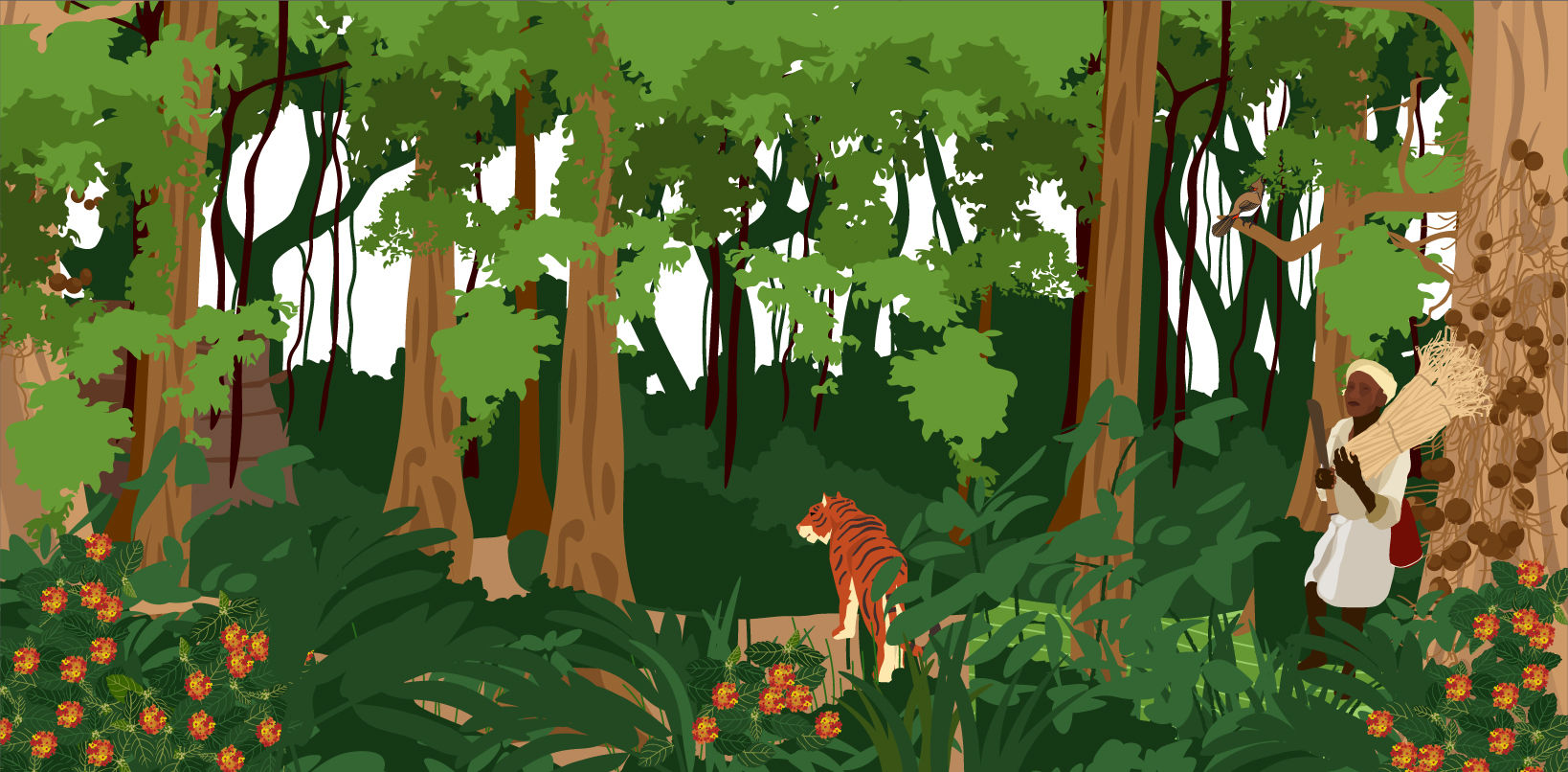
The Lantana Collective
Working collectively to push back the spread of Lantana and restore forests
What is Lantana camara and why is it a problem?
Lantana is one of the ten worst invasive species in the world. Native to the South and Central Americas, the British brought Lantana to India in the early 1800s as an ornamental plant. From there it has spread to become one of the worst invasive species in the country, taking over vast tracts of forests.
-
It is toxic and inedible for all herbivores, and significantly reduces wild animal population densities. Animals that are displaced are pushed out of the forests, causing increased negative interactions with villagers.
-
Allelopathic properties – the plant puts out chemicals that inhibit the growth of other plants, so only lantana takes over entire forests, resulting in a significant decline of overall biodiversity.
-
It significantly impacts the livelihoods of forest based communities, as it wipes out a range of non-timber forest produce that they depend on.
-
It closes up the forests taking over the understorey, making it dangerous for both local communities and forest department field staff as it puts them into greater contact with wildlife and reduces visibility.
-
If cut, it coppices vigorously and grows back faster and stronger, so has to be removed with roots.
-
Soil disturbance has to be minimal during removal, as a vibrate seed-bank remains viable under the soil and will germinate if disturbed. Also propagates well vegetatively from pieces of the plant left on ground.
-
It's a thorny plant, making movement and removal a major challenge, with a huge removal cost of Rs. 1 Cr INR/sq km.